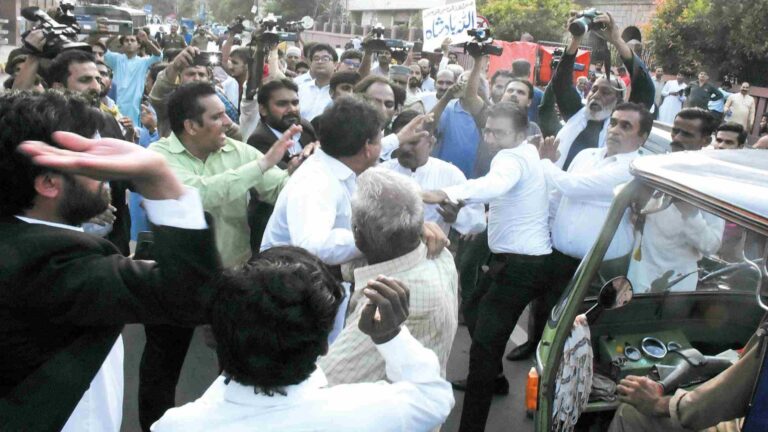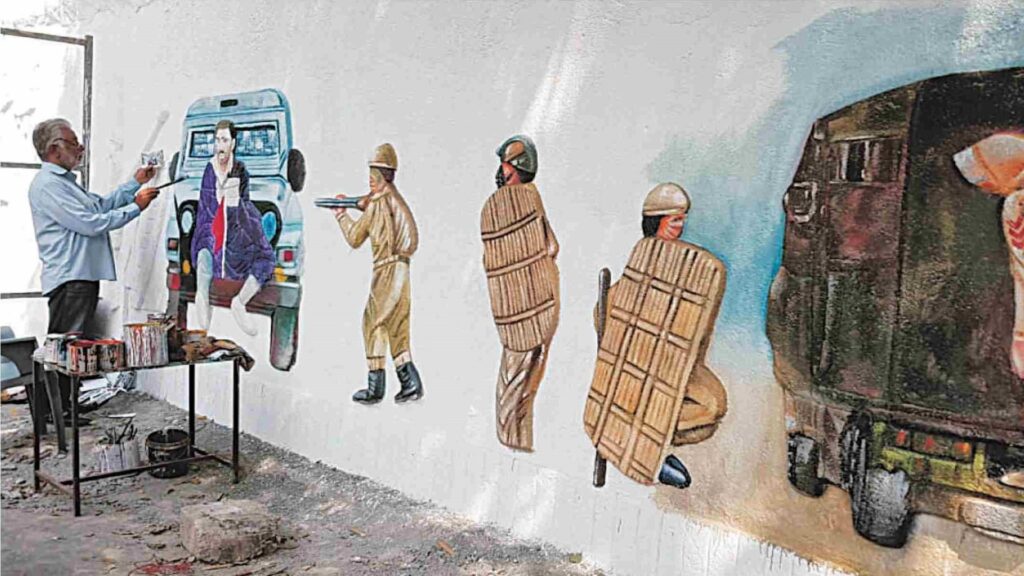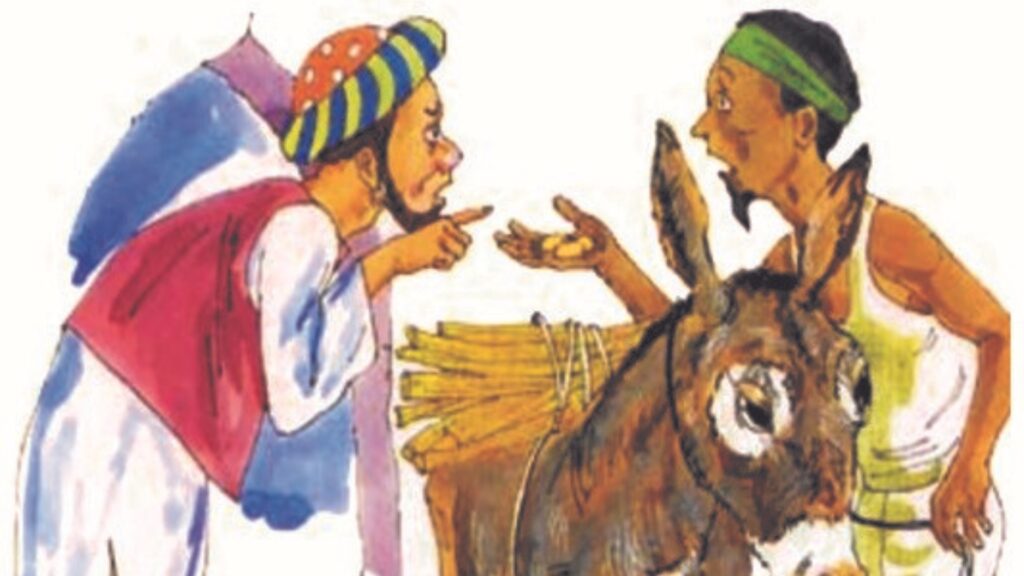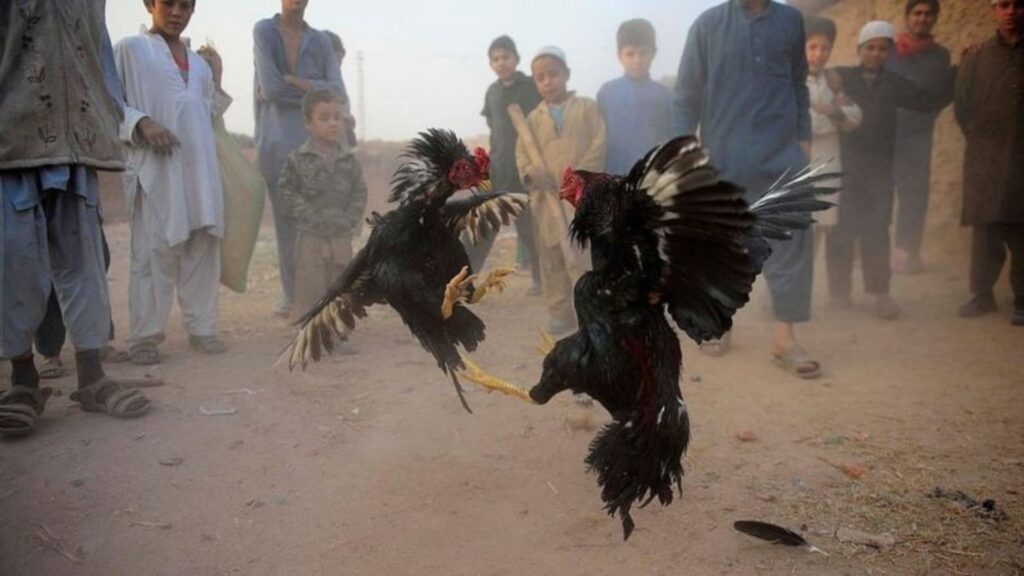Conflicts

As Leo Tolstoy very rightly said that, “the seed of every crime are in each of us.” Crime is not an out-side phenomena, it lives with each individual’s inner self and depending on the opportunities available, it can come out. “Power corrupts” and “the needy are not respectable” are some of the notions used by both the weaker and stronger communities to legitimize their actions. It changes its shape from place to place and individual to individual. Shame, honour, customary practice, ego what others will think or say are the basic elements that lead to crime in the high context society in general and Pukhtoon community of Afghanistan and Pakistan in particular. Such elements generate crime in each individual with different excuses. In some cases the victimization of the offender is dominated by his commitment of crime to others, while weak law give ample opportunities to the strong to take it in his own hand and quench his thirst. Strong law prevents the criminal from committing a crime in one hand, while social bondage prevents the individual from committing the crime, even in the weaker law countries. Divine law is the most important above all if taken it in the real sense to prevent community members from committing the crimes. If divine law is not practice then the two laws come to challenge each other’s existence. The criminal justice system and the traditional system of different communities practice in different part of the world. Such traditional systems are organized in the WEST under the umbrella of restorative justice systems. Called circle in the WEST, Sulha in the Middle East, gachacha in Africa, Morie tribe traditional practice in New Zealand are RJ systems. Jirga of the Pukhtoon community of Pakistan is the same system, with little differences.
Human soul has three type of inclination as per the teaching of Islam;
Amara (the inclination towards doing wrong, evil and sinful acts, termed as Nafs-i-Ammarah (12:53)
Lawama (the inclination towards realisation and repentance i.e. to realise immediately if one does something wrong, that what he has done is wrong, and repent over it or rather reproach oneself for it, termed as Nafs-i-Lawwamah (75:2).
Mutama’ina (the inclination towards doing good and righteous deeds, termed as Nafs-i-Mutmainnah (89:27),
They were misguided by their nafs but don’t realize it.(al baqara. 1)
Indeed the nafs instigates you on sin except those upon ALLAH endorses His mercy. (13)
Right and duties
- Human soul +internal struggle—–two possibilities
- Hardwork+legal means—-reward—internal+extrenal satisfaction.
- Shortcutts+illegal means—–violation of right——-internal +external dissatisfaction——-conflict
Conflicts erupt, as those who are same seek to:
- control the other (& reduced its otherness).
- subordinate the other (& exploit its otherness)
- destroy the other (& annihilate its otherness)
- exclude the other (& escape from threat of otherness)
Main Reason of conflict;
- Core of conflict theory is power & not conflict
- Conflict occurs when allocations of resources are seen as inadequate & division of power is perceived as illegitimate
- Conflict can be triggered by intentional “mismatching of words”
Different stages of conflict;
- Discussion
- Trust & respect still exist
- Polarizing
- Parties create distance, communicate indirectly
3. Segregation
- We are good, other are evils
- Totally boycott, to win or lose
4. Destructive
- Direct violence, or complete violence
Responding to conflict;
1. Destructive conflict needs containment
2. Confusing conflict needs clarification
3. Creative conflict needs utilizations
All conflicts require transformation, that does not eliminate or control but channels, alters (changes, amends, revises) And ultimately transforms the relationship
Conflict Responses
Not everything that is faced can be changed, but nothing can be changed until it is faced.” –JamBaldwin.
1; FIGHT
2; FLIGHT
3; FREEZE
Methods of conflict Prevention;
- Conflict management
- Conflict resolution
- Conflict transformation
Conflict management strategies
- Accommodation
- Avoidance
- Collaboration
- Competition
- Compromise
- Co-existence
Different Laws for conflict Resolution!
What we mean by law
Crime brings fear directly to the victim, his family, and friends and to the whole community. The criminal law is considered to be useful in achieving five ends, these are to reform the offender, to restrain him, to deter others, to revive communion symbolically, and as substantively. Is the prevailing judicial system sufficient to meet the above requirements? If not then we should find ways to make the system strong with other resources.
The prevailing law mostly focuses on the three important questions.
- What law has been broken?
- Who did it?
- What they deserve?
States become victim in case of any offence, as crime by definition of the state is the violation of the existing law. The real victim and secondary victim is the community, kept aside by dealing with the offender. Does the law serve the purpose to fulfill the needs of the victim and community and compel the offender to make the wrong right? There are two types of law. Divine law and man made law. With in the man made then again there is state and traditional community based system. State law varies from state to state, but the traditional systems there are much community. As it is community bases, governed by elders, cheap, easily accessible and speedy
Traditional system
The world community followed divine law as their daily routine in the begging. With the passage of time, as human beings became more knowledgeable and more crowded, they started practicing their own traditional way of inter-action. Each community developed their own system. Some of these community systems are still preserved in one way or another. The most visible structure of such systems are circle in North America, Gagacha in Africa, Sulha in Middle east, Custom and traditions of the Morai tribe of New Zealand and Jirga in the Pukhtoon belt of Pakistan and Afghanistan.
When the concept of the state system came, state took the right of decision making from the community and declared herself a victim in the conflict, with the excuse that the perpetrator has broken the state law. With this the victim and community, apart from the initial involvement, were kept aside and direct action between the state and victim started. The state system not only kept the victim and community aside, but also prolonged the process, making it slow and costly. The State also tried to influence the traditional system through one-way or another for her own interest; the common example is FCR (Frontier crime regulation still in practice, introduced by the British empire to control the tribal belt Jirga system in Pakistan). The traditional Jirga system was community based, speedy and accessible to everyone. It did not lose its importance and still remains intact in the Pukhtoon belt of Pakistan and Afghanistan.
It is a name given to the model, in which a Pukhtoon society operates, to undertake issues between individuals and communities, to address concerns and look for solutions acceptable to all the parties having at stake.
As a blue print of Pukhtoon life, Jirga is best summarized as a strategic exchange between two or more people to address an issue through verbal communication. The exchange may or may not result in an agreement on the issue, but the process itself leads the parties including the interveners to maintain a certain level of formal communication, thus ensuring Peace. Jirga and other systems of the present time
The modern justice system in this region is based on few distinguishable parameters, which combine together to form the whole system. This can be identified as below:
- A Prosecution System, comprising of Police, magistrates and similar bodies
- A legal Framework, comprising of the set of laws enforced in the country
- An Adjudicating Body, comprising various tiers of judiciary
- An Implementation Body, including the Police and Jail Departments
- The Civil Procedure, procedure adopted to process the cases involving civil disputes between
- citizens and institutions
- The Penal Code, defining the extent and nature of punishments for violation of each law
- Evidence Laws, the process and method of recording evidence in a certain case and the value of such
- evidence for taking a decision
- Some Local and Special Laws adopted from time to time, like the Traffic Laws, Industry and Labor Laws etc.




